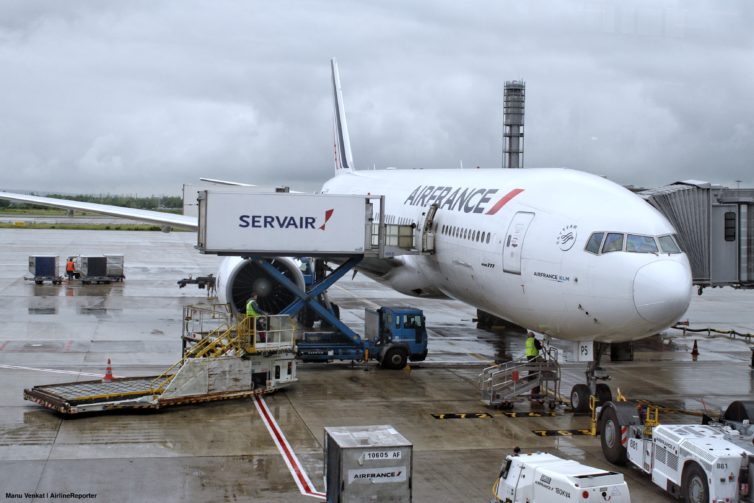
Just like the 2020 Olympics, the AvGeek sports circuit has been on hold while we’ve been socially distancing. What AvGeek sports circuit, you might ask? Well, there’s the 100m sprint to the gate, the luggage toss, and of course the “stuck-in-the-window-seat-with-someone-sleeping-in-the-aisle-seat-so-hold-your-pee-in-for-as-long-as-you-can” challenge. But there is one sport we can still enjoy from the comfort of our couches: the head-to-head trip report battle royale, where we pit parter airlines against each other and see which one comes out on top. We did this a while back with five Star Alliance airlines. And now it’s time for the FlyingBlue brothers to square off in the ring.
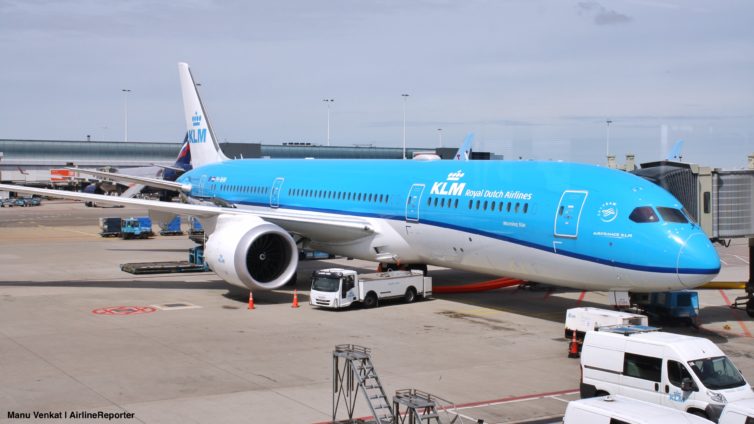
In one corner we have Air France, which we flew from Sao Paulo to Paris on a Boeing 777-200ER. And in the other corner we have Dutch flag-carrier KLM, which brought us from San Francisco to Amsterdam on a shiny new 787-9 Dreamliner. We already published the separate trip reports on each flight (which we flew last year, BTW). Now it’s time to see how the duo compares in categories like seat comfort, service, dining, and amenities. In the end, there can only be one winner. Read on to find out which airline takes the crown!

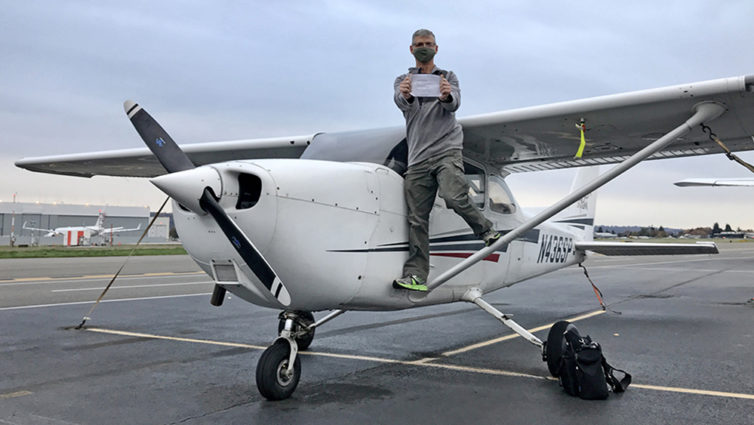
Success! I finally earned my private pilot certificate!
This is a continuation of my multi-part series on learning to fly. You can read the whole Fly With Francis series here.
After a year and a half of concerted effort, I’ve finally completed my initial training and earned my private pilot certificate in early November. It’s a great feeling!
For those who’ve been following along on my adventures at Galvin Flying, it’s been a long process of successes and setbacks, many of which were weather related because I live in the Pacific Northwest, where the local joke says that it only rains once a year it starts raining in late October and stops raining on July 5 (it always seems to rain on July 4).
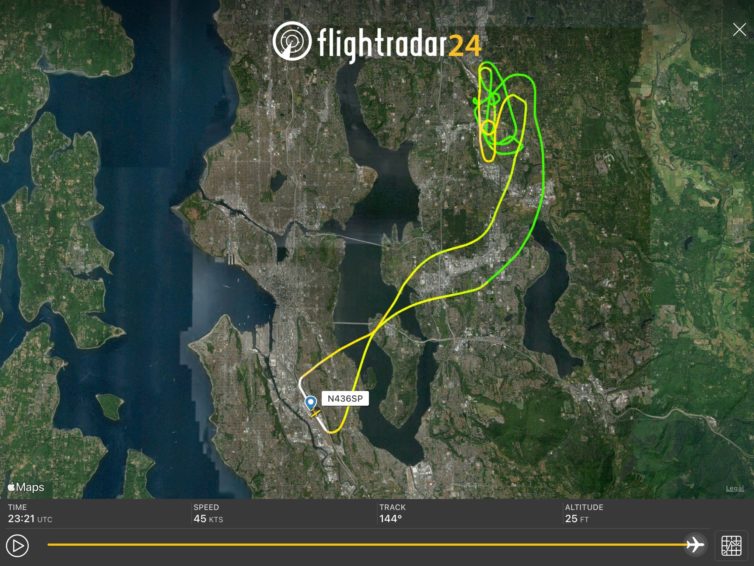
In case you ever wondered what the track of a checkride looks like, here you go. Screen capture courtesy FlightRadar24
Anyway, I did several mock checkrides in the weeks leading up to the actual FAA one, and had to complete Galvin’s end-of-course checkride before that. The end-of-course checks are designed to be more difficult than the actual checkride to ensure that pilot candidates are as prepared as possible.
The FAA examiner, also known as a designated pilot examiner or DPE, selects from a long list of information and flight maneuvers for the actual checkride known as the Airman Certification Standards. The check airman who oversees the end-of-course checks runs through the entire list to be sure you’re ready.
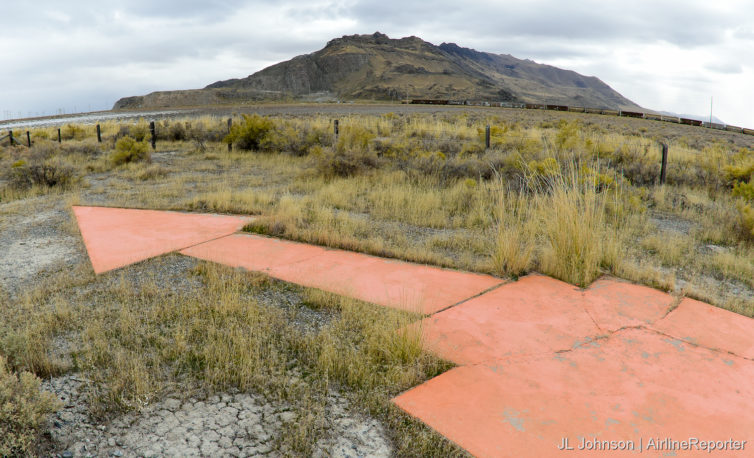
Seen in 2019 – an air mail arrow outside Salt Lake City, Utah points to SLC on the San Francisco-Salt Lake route
We aren’t ready to fly. Which is a bummer because travel is a large part of our identity. What are sidelined AvGeeks to do to remain connected to our passion? We are all coping with this disaster
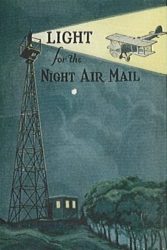
A 1920s advertisement bringing awareness to the TAS. – Image: Public Domain
in different ways. Looking to an aspirationally brighter future (and planning future travel) is certainly one method that holds promise. For my [formerly] frequently-traveled household we have been deep in research and planning for most of the year. As a result, our impossibly long #AvGeekToDoList has grown a great deal since our voluntary pandemic-grounding. One item of low-hanging socially-distanced fruit on our list is getting out and visiting more air mail arrows.
I have long been fascinated with the infancy of U.S. aviation. Keen AirlineReporter readers and AvHistorians alike will know that the modern aviation industry is what it is because of air mail. Indeed, all of the domestic legacies – except Delta – were formed or became successful because of income from air mail. These earliest routes were flown mostly during the day. In the evenings, mail would continue to travel, albeit via train. To further increase the speed of airmail it was determined night flying would be required. Thankfully congress stepped in to fund a vast array of large concrete arrows and beacons which formed the lighted Transcontinental Airway System (TAS.) At its peak the TAS had one concrete arrow roughly every 10 miles along the various routes. The TAS and its air mail arrows provided the infrastructure for the air mail boom which, in time, led to normalization of passenger service.
BONUS: How Delta got their non-airmail start
Join us for a discussion on how you can plan your own trip to visit these nearly forgotten 1920s-era relics of aviation’s past.
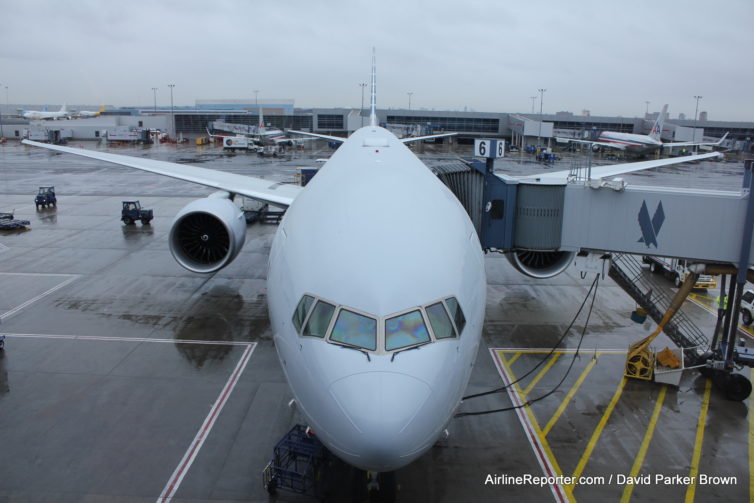
I want to fly, but I just wouldn’t do it right now
There are many people right now questioning if it is safe to fly. It is a valid question, but I do not have the answer. For me personally, I have decided not to fly and I probably won’t be in the air for quite some time. Let me share some of my thoughts about the current situation, explain why I am not ready, and provide some advice for those who end up flying.
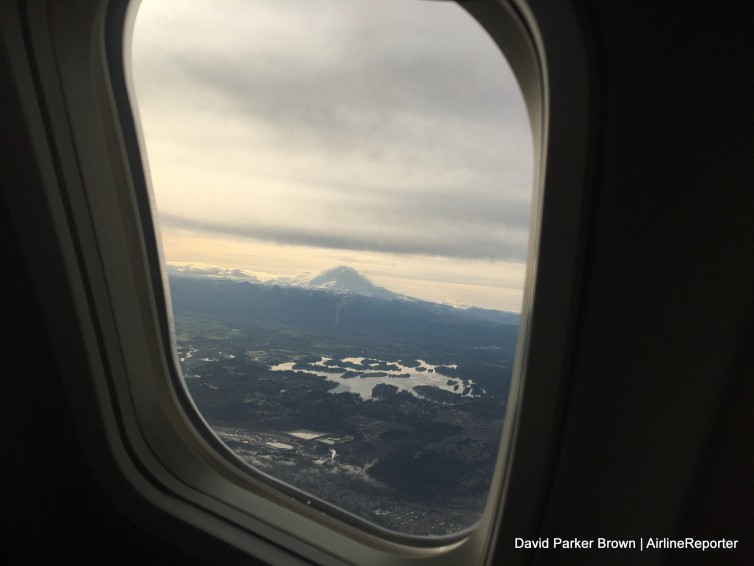
I miss seeing Mount Rainier from the air!
I love the airline business and it has pained me to watch the industry suffer. Hearing about the financial losses and seeing aircraft lined up in the desert is one thing, but employees losing their jobs is devastating.
For the most part, I think airlines and their employees have done an amazing job tackling this unprecedented situation. They have kept passengers informed on new safety procedures and have promoted the quality of the cabin air. No question this builds trust.
I am less worried about the airlines, but more concerned about the uptick in COVID, the other aspects of traveling, and most importantly: other passengers.
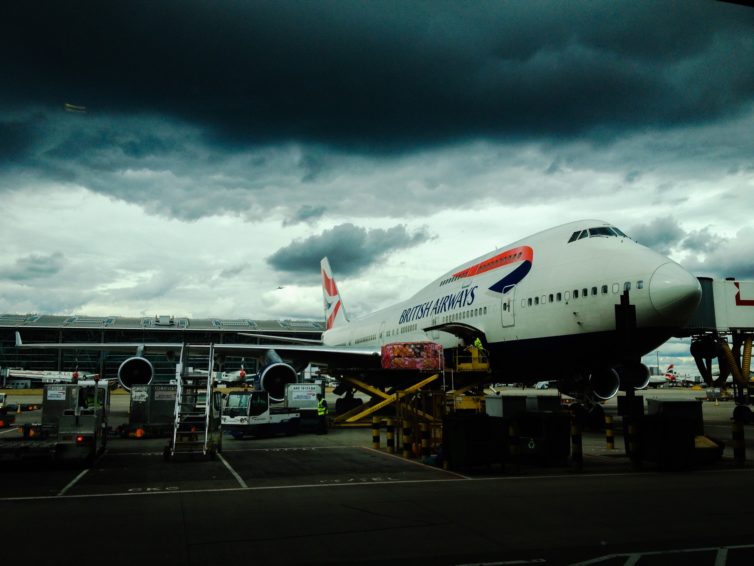
A British Airways 747 under dark skies – Photo: Francois Van
Here is something that I wasn’t expecting: staying up from 1:30 am to 5:30 am on a Saturday morning to take an online class, from British Airways, that helps people overcome their fear of flying. However, when I learned about their Flying With Confidence program, I couldn’t help but be curious.
I have never really feared flying much. Sure, there might be some hairy moments, but I typically enjoy when the flight gets a little turbulent. However, I know this is not the case for many people.
A fear of flying has always been rational to me. Not only are you in a tube flying 35,000 feet in the air, but when an airline is involved in an incident, it becomes an international story. Sure, one can share data about the safety of flying and use the classic line ’œyou are more likely to die driving to the airport,’ but those sorts of things rarely have a major impact.
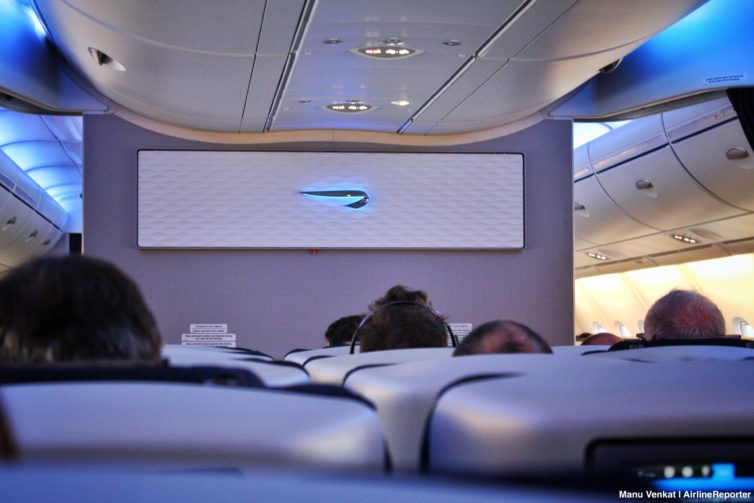
For many folks reading this story, this view is exciting, but for others it can be terrifying
Some passengers with flying phobias are able to painfully push through it, but others write off flying altogether. For those looking to overcome their fears, there are some legitimate ways to get help.
I was excited to see what the British Airways Flying with Confidence program had to offer, and I was interested to get more insight. I actually learned a few things that would not only help me with with future rough flights, but also some other phobias that I might or might not have (*cough* gnarly spiders *cough*).
ABOUT FLYING WITH CONFIDENCE

The introduction slide for the British Airways presentation – Image: British Airways
British Airways has been offering the Flying with Confidence course for about 35 years, and they have helped over 50,000 people. They claim to have a 98% success rate, and I can believe it. They offer a staff of over 40 people who assist from a number of different angles; from pilots to flight attendants, to air traffic controllers — all able to answer questions about the flying process.
Historically, they have only offered in-person courses at London Heathrow & Gatwick, Edinburgh, Glasgow, Manchester, Dubai, and Johannesburg. However, due to COVID, they started providing an online option. I felt lucky enough to participate in the first online class.
There was still an in-person session that took place in London, which had about 40 attendees safely spread out among two rooms — they typically have over 100 participants. The course was completed over two days. The first day was a presentation that went over the different aspects of flight and the psychology of flying phobias. On the second day, people boarded a British Airways Airbus A319 and took a flight to nowhere. How cool is that?










